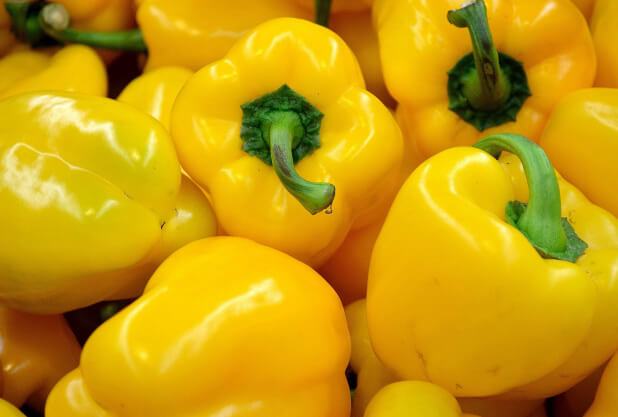Health
Holi Special: A Splash of Colors from Plate to Palate- Possible
As the entire nation adorns itself with the colors of mirth, joy, and love, take a step further and adorn your plate with the colors of nature’s best diet!
So what does color have to do with diet anyway? One word: Phytochemicals.
These substances occur naturally only in plants and may provide health benefits beyond what essential nutrients provide.
Color, such as what makes a blueberry so blue, can indicate some of these substances, which are thought to work synergistic-ally with vitamins, minerals, and fiber (all present in fruits and vegetables) in whole foods to promote good health and lower disease risk.
Did you know that fruits and vegetables fall into 5 different color categories: Red, Orange & Yellow, Green, Purple & Blue, and White?
Red
The crimson red tint comes from lycopene, a chemical which aids in fighting cancer. Red foods are known to promote heart health and boost immunity.
Lycopene-rich foods are known to reduce cholesterol and make your skin more sun resistant.

Tomatoes, beetroot, cherries, watermelon, pomegranate, red peppers, strawberries are prime examples of crimson foods.
Blue/Purple
The blue/purple hues in foods are primarily due to their anthocyanin content. Anthocyanins are antioxidants that are particularly heart healthy and may help support healthy blood pressure.

The anthocyanins that give these fruits their distinctive colors may help ward off heart disease by preventing clot formation.
Examples: Eggplant (especially the skin), blueberries, blackberries, prunes, plums, pomegranates red cabbage should top your grocery lists.
Orange/ Yellow
The sunset hues of orange foods come from carotenoids like beta- carotene and beta-cryptoxanthin which are known for their anti-oxidant mojo.
Dote on oranges, carrots, apricots and sweet potatoes; as they protect our eyes from cataracts and also help with blood sugar regulation.
Beta-carotene and alpha-carotene are all orange-friendly carotenoids and can be converted in the body to vitamin A, a nutrient integral for vision and immune function, as well as skin and bone health.
Yellow food like bell peppers, pineapples and lemons are packed with Vitamin C.

Green
The natural plant pigment chlorophyll colors green fruits and vegetables.
Green vegetables are excellent sources of vitamin K, folic acid, potassium, as well as carotenoids and omega-3 fatty acids.
Folic acid is needed to prevent neural tube defects during pregnancy, and vitamin K is essential for blood clot formation.

Diets high in potassium are associated with lowering blood pressure, and there is an inverse relationship between cruciferous vegetables and cancer, especially colon and bladder cancers.
Good greens like spinach, beans, broccoli, peas, cabbage, bok choy, Brussels sprouts are hailed as super-foods.
(can’t see? Read between the lines)
While color can give you a general idea of what lies beneath eggplant’s exterior, and it is certainly not an exclusive indicator of phytochemical content. While some phytochemicals are pigments that give color, others are colorless.
The largest class of phytochemicals are the flavonoids, which for the most part are colorless. White flesh foods like pears, cauliflower, cabbage and banana fuel your need for dietary fibers.
Every color essays a specific role in our body. So go ahead, be a little adventurous with what you place on our plate.

nice
Wow, this was very informative.
Thanks for your feedback. Keep following our blog for more such articles.
Thanks for sharing nice article with us .
Hi! We thank you for sharing your feedback towards our article. Keep following our blog to know more health information.